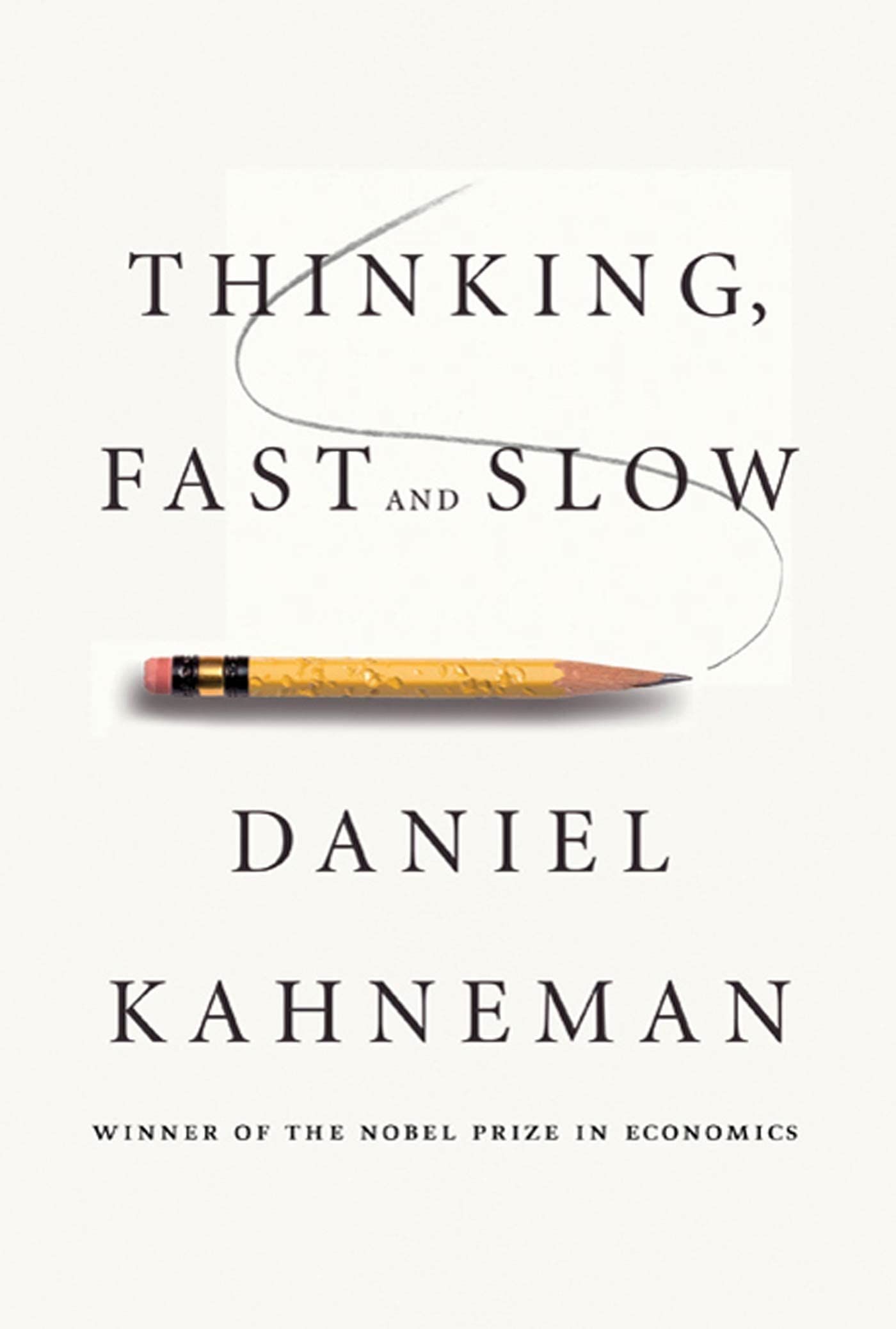Marketing is an ever-evolving and competitive field where businesses must continually seek ways to stand out in today's world, where consumers are inundated with an endless array of options, it's essential for business to understand the psychology behind decision-making. That's where "Thinking, Fast and Slow" by Daniel Kahneman comes in.
This groundbreaking book explores the two thinking systems that drive our thought processes, revealing how our thinking is influenced by cognitive biases and heuristics. For businesses, understanding how our customers think and make decisions is critical to creating effective marketing strategies.
One of the insights from Kahneman's book is that our thinking is compromised by cognitive shortcuts that lead to biased and erroneous judgments. The first thinking system, which he calls "System 1," is an automatic, intuitive, and often emotional way of thinking. This system is fast and effortless, it is also prone to errors and biases. The second system, which he calls "System 2," is a more deliberative and logical way of thinking. This system is slower and requires more effort; but it is also more accurate and less prone to biases.
For businesses, it's essential to understand how these two thinking systems work and how they affect consumer behaviour. By doing so, business can design more effective marketing strategies that resonate with customers. In this article, we'll explore some practical examples of how businesses can apply the principles of "Thinking, Fast and Slow" to improve their marketing strategies.
Pricing Strategies
One of the most critical areas where cognitive psychology can inform marketing strategies is in pricing. According to Kahneman's research, customers tend to be more sensitive to losses than gains. This means that they may be more likely to switch to a competitor if they perceive a small increase in price, but may not be as likely to switch if they perceive a small decrease in price.
Businesses can use this insight to design pricing strategies that take into account this perception. For example, offering discounts instead of increasing prices may be more effective in retaining customers. Another pricing strategy that businesses can use is anchoring, which involves setting the initial price high and then offering discounts to create the perception of a good deal. Anchoring works because customers tend to rely on the first piece of information they receive when making a decision, and the initial high price becomes the anchor against which all other prices are judged.
However, businesses need to be careful when using anchoring, as customers may perceive it as deceptive if the initial high price is not justified. Additionally, it's important to be transparent about the pricing strategy, so customers don't feel misled.
Website Design
Another critical area where cognitive psychology can inform marketing strategies is in website design. Customers tend to be more influenced by emotions than facts, and they also tend to respond better to websites that are easy to navigate, visually appealing, and provide a seamless user experience.
To design a website that resonates with customers on a deeper level, businesses can incorporate user experience (UX) principles into website design. One key UX principle is to create a clear and straightforward navigation structure that enables customers to find what they're looking for quickly and easily. Businesses can also use visuals to create an emotional connection with customers, such as using images of people enjoying the product or service.
Another UX principle is to create a seamless user experience that enables customers to accomplish their goals quickly and easily. For example, businesses can use a one-click checkout process that eliminates unnecessary steps and makes the purchasing process more streamlined.
The book's central thesis – that our thinking is often driven by cognitive biases and heuristics – challenges our assumptions about how we arrive at conclusions and make choices. Instead of relying on purely rational thought, we often make decisions based on emotional responses and ingrained biases, which can have important implications for businesses seeking to market their products effectively.
By understanding the two systems of thinking and how they work together, businesses can design marketing strategies that are tailored to the way customers process information. For example, by tapping into customers' emotions through the use of vivid visuals and compelling stories, businesses can make their products more memorable and increase the likelihood of customer engagement.
Similarly, by recognising customers' tendency to be more sensitive to losses than gains, businesses can design pricing strategies that take into account these biases, such as offering discounts instead of increasing prices.
It is a must-read for anyone interested in understanding the complexities of human thought and decision-making. Whether you are a business professional seeking to design more effective marketing strategies, or simply a curious reader seeking to explore the mysteries of the mind, this book is an invaluable resource.














